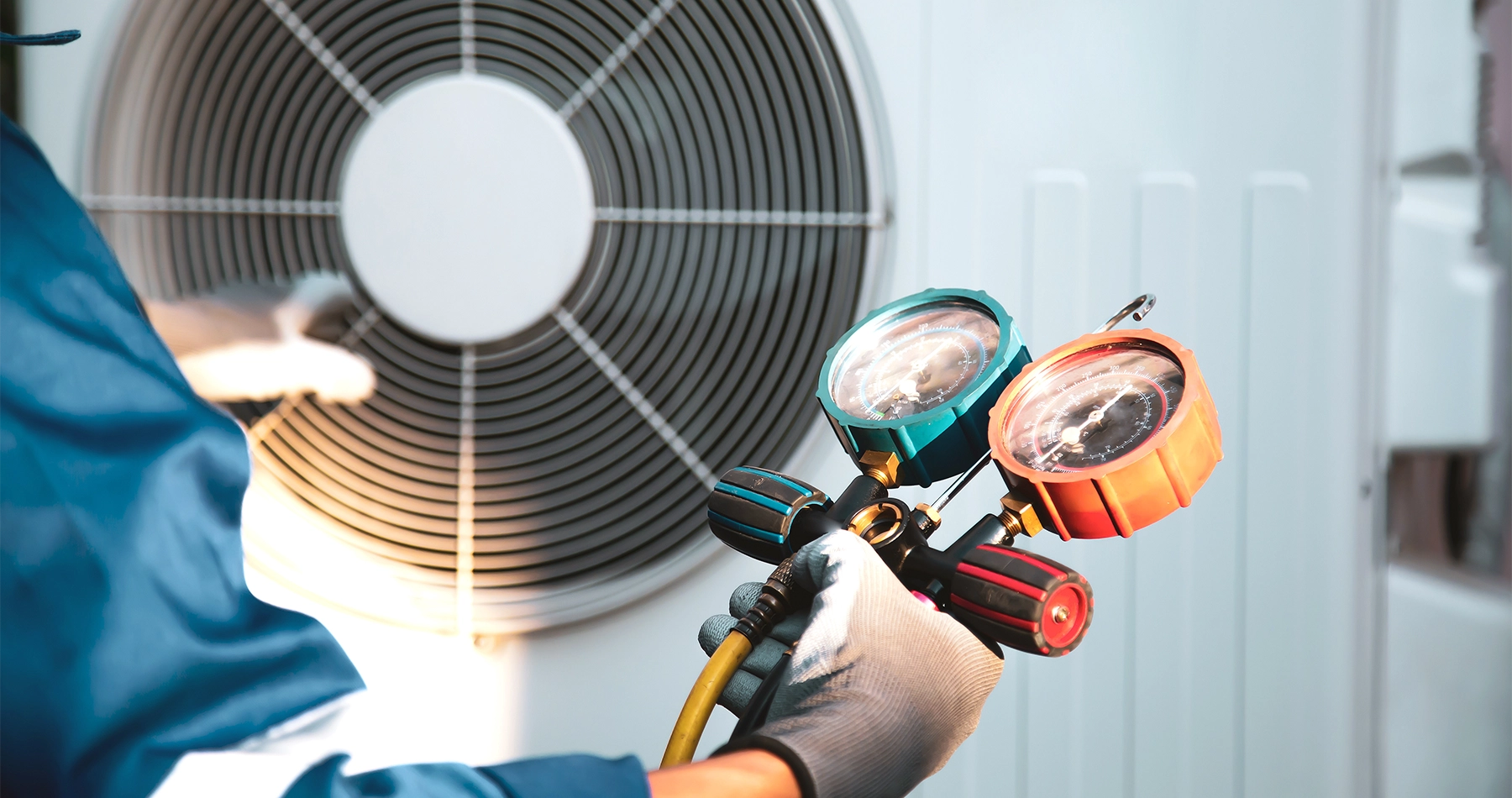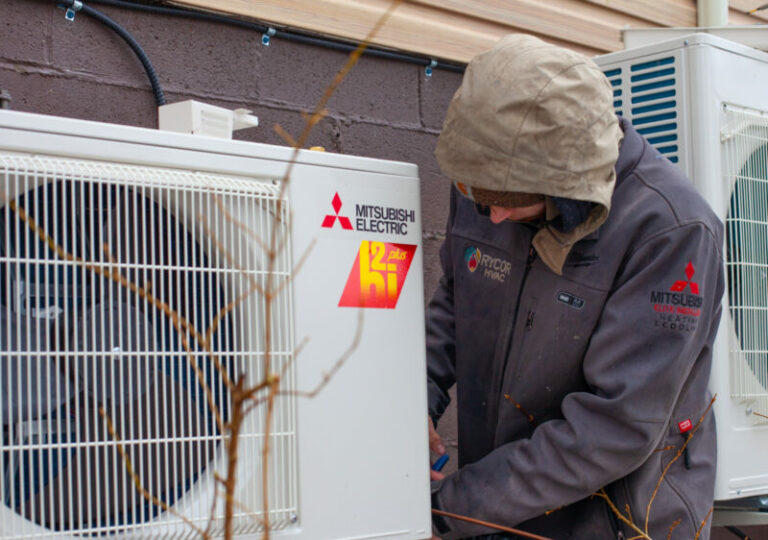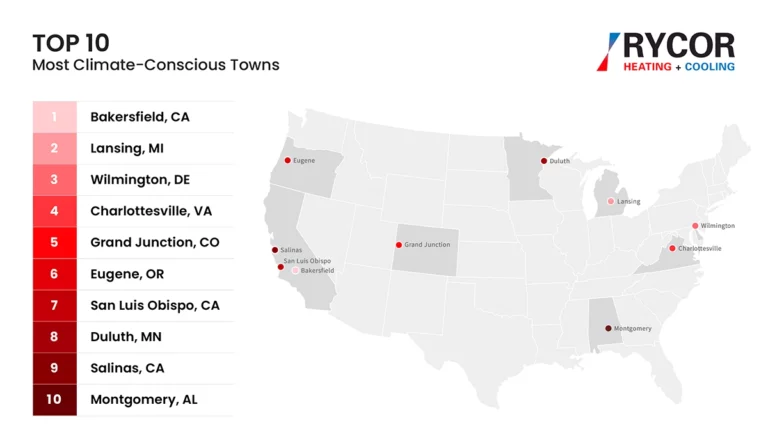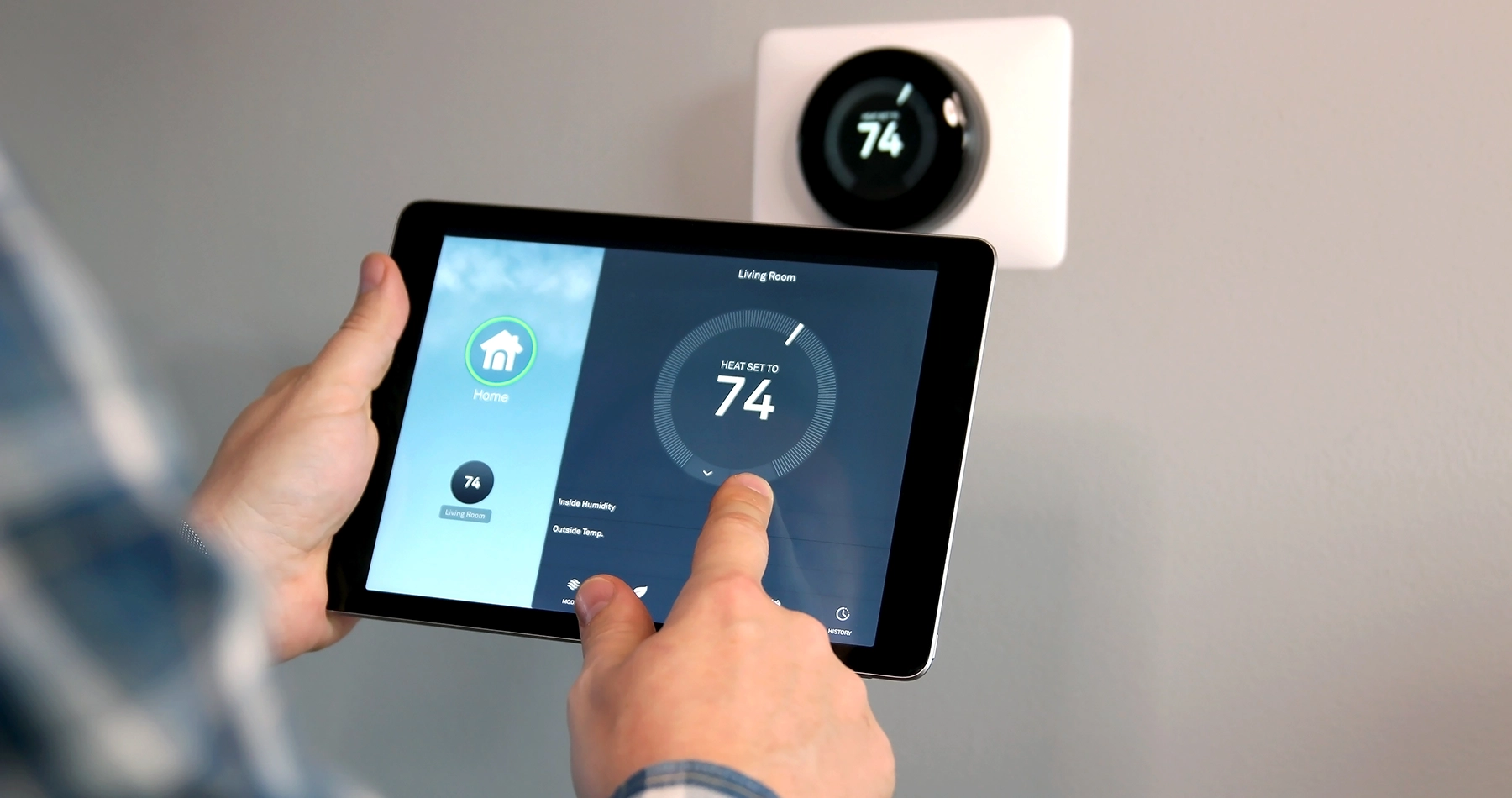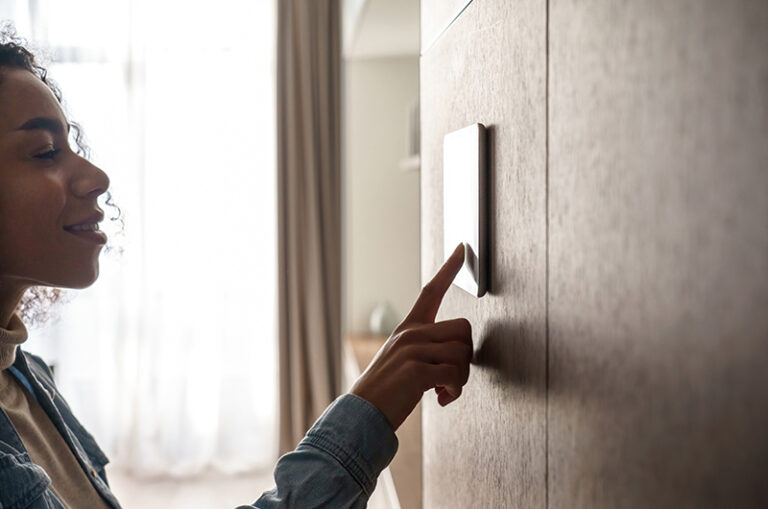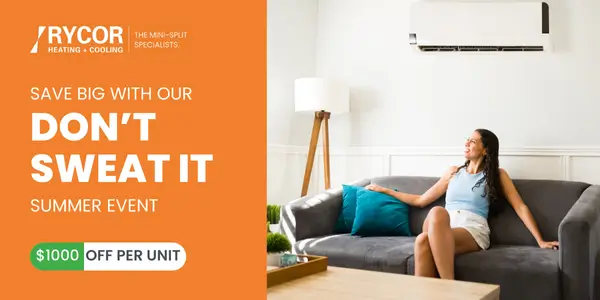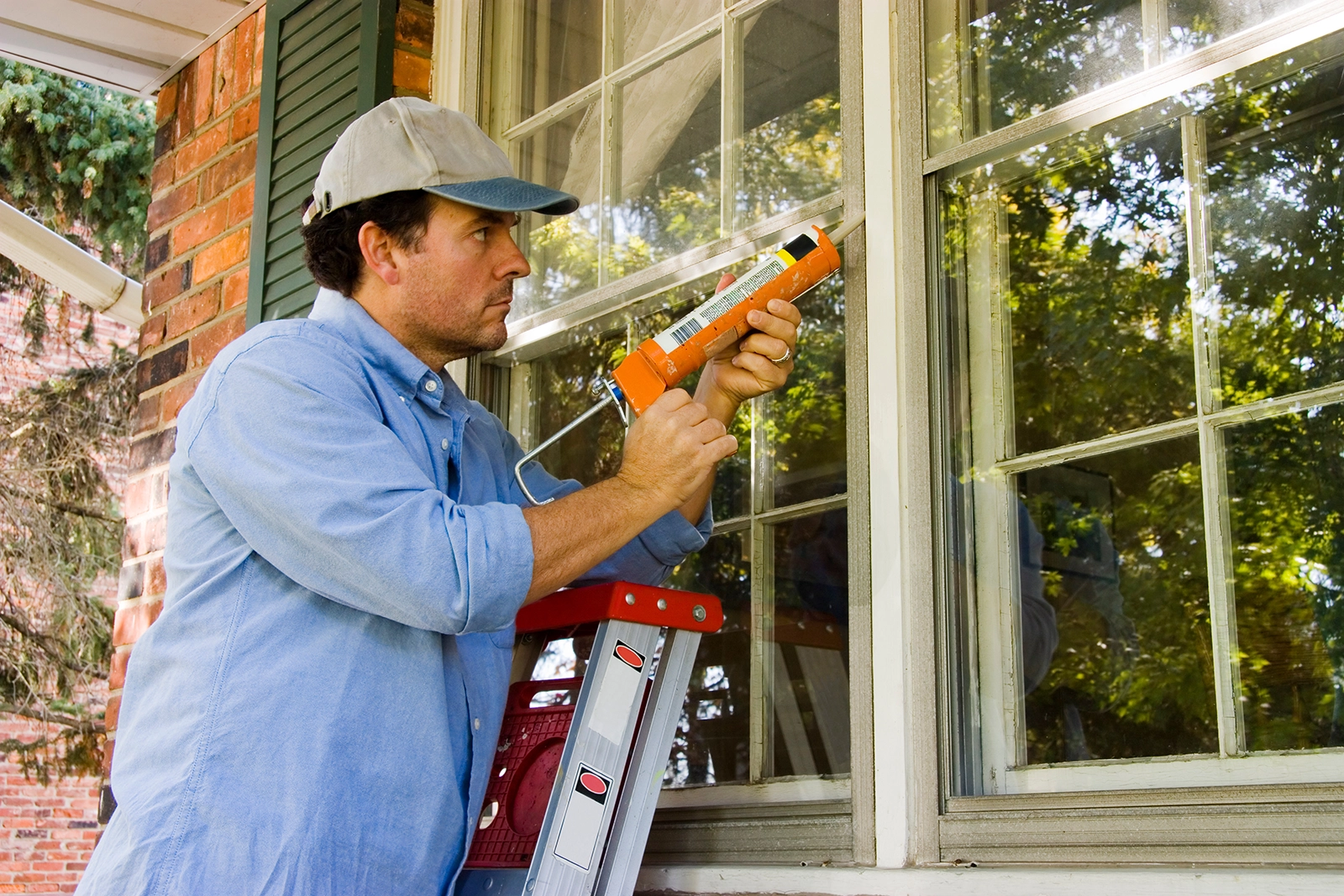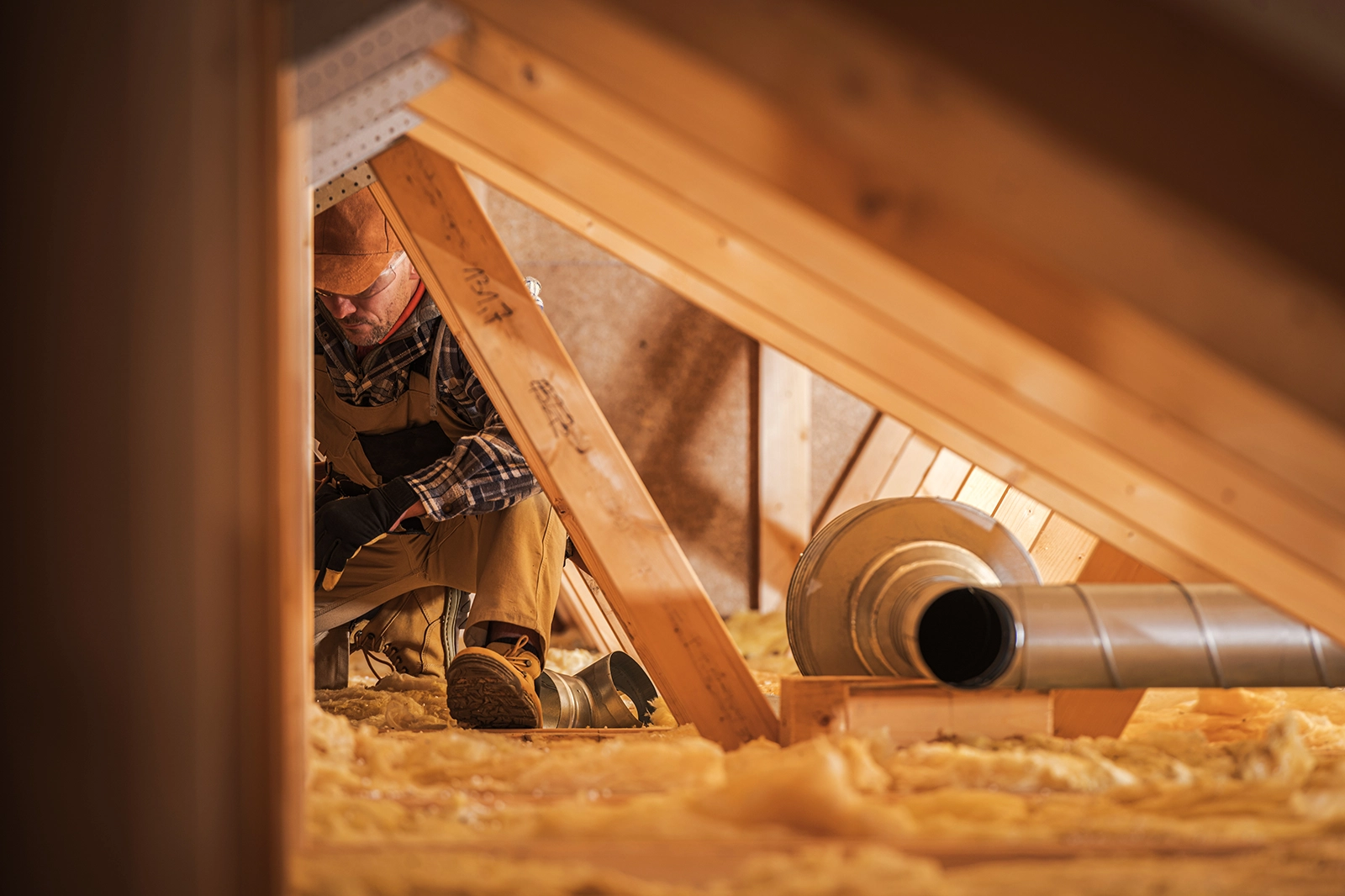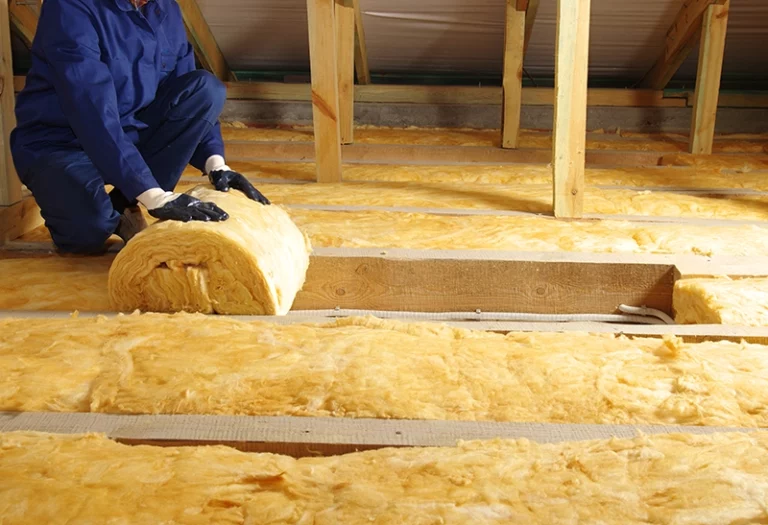Home is the most important place in our lives, and one we always aim to make as comfortable as possible. Whether it’s furnishing and decorating to our every whim, or investing in smart home technology to keep it as cool or warm as we please, home is everything.
In 2024, we surveyed over 1,000 Americans on how they spend their time at home to see which rooms they stay in, which rooms they don’t use, and how much time they really spend in their own homes.
Table of Contents
Americans Average 17 Days without Leaving Home at a Time
Over 1 in 3 Americans have increased both the amount of delivery restaurant food and the amount of delivery groceries they ordered since 2019; this number spikes even more for urban residents, with 49% ordering more delivery food and 45% ordering more delivery groceries.
How much time do Americans spend at home daily?
When surveyed, Americans estimated that they spend an average of 17 hours daily at home. This is an increase of 2 hours from 2019.
48% of Americans don’t leave their house every day.
- Urbanites: 44%
- Suburbanites: 48%
- Rural: 53%
Americans leave their homes an average of 4 times per week.
Nearly 1 in 4 Americans currently feel isolated in their homes. For some, this can result in ‘cabin fever,’ or a feeling of needing to get out of the house, even when it’s not possible. About half of Americans have experienced cabin fever.
American Social Habits In & Out of the Home
Overall, Americans only see their friends an average of three times per month. Urbanites are the most social, possibly due to population density and proximity, meeting 3.3 times per month, while rural Americans only see their friends about 2.6 times per month. Suburbanites are on par with the national average, at 3.1 times a month.
American social habits have certainly changed since the pandemic. While about 45% socialize roughly the same amount, 43.5% socialize less, while an extroverted 11.6% actually socialize more.
When asked whether they typically socialize at home or outside the home, respondents were split about 50-50. For those that did socialize more in the home, they named comfort as the main reason they do so. Other reasons are because they’re doing activities better suited for the home, like to save money by not going out, find it easier to plan, and find their anxiety is better when they’re not in public.
Most Used Rooms in the Home
Americans love the living room. When asked which single room they spend the most waking time in, 44% responded the living room, followed by the main or master bedroom (28%), the office (12%), and the remainder include the family room, kitchen, dining room, and other bedrooms.
The love of the bedroom is not to be underestimated: it’s no shock people love the bedroom even in waking hours- 16% say they engage in popular TikTok trend “bed rotting,” or laying in bed and consuming passive entertainment like scrolling on the phone, and this number increases to 40% for Gen Zers.
Do Americans Use Their Whole Home?
It turns out, Americans spend the most time in just a portion of their home. When asked, over 1 in 5 Americans said they don’t use their whole home, instead spending the vast majority of their time in just a portion of it. We asked respondents what their home’s square footage was as well as the square footage of the room they used the most, and it turns out that on average, Americans spend the most time in just 56% of their homes. Broken down by setting, suburbanites spend the most time in the smallest portion of their homes – just 17%. Urbanites spend the most time in about 21% of the home, while rural Americans spend the most time in 54% of their home.
How Working From Home Affects Americans
Especially since COVID-19, many office workers are able to work at least some of the time from their homes, if not fully remotely.
- 69% of Americans work from home at least part time
- 33% work from home full time
- Of those, 78% have a designated workspace
Just over 1 in 3 (36%) have a more variable style of working, utilizing multiple rooms in the house, rather than just one designated workspace. Top rooms to work from include the living room, main bedroom, office, kitchen, and dining room.
Many enjoy a combination including the living room and bedroom with an assortment of other rooms. With so many different options, why choose?
Ways to Reduce the Higher Costs of Being At Home
With all this time spent in the home showing no signs of going back to the norms of 2019, utility costs are staying higher as we spend more time at home, using appliances, water, and ensuring that home temperatures stay comfortable. Paired with higher energy costs, this can spell trouble for the average consumer.
Here are some ways to reduce costs, even while you spend more time in the home:
● Invest in a Heat Pump
○ Heat pumps are incredibly efficient devices designed to replace traditional HVAC systems. Rather than using electricity to heat or cool a space, they use electricity to move heat from one place to another. As such, they use a fraction of the energy a traditional HVAC system does. Not only that, but heat pump systems allow you to control individual temperatures by room, so you can keep little-used rooms less climate controlled and conserve your power.
● Close Doors and Windows in Little-Used Rooms
○ Shutting windows and drawing curtains is a great way to conserve temperatures in little-used rooms and save on power by relying on your home’s insulation. When you’re only concerned with a few rooms in your home, concentrating your airflow to just those spaces can be another way to reduce those pesky power bills.
● Unplug unused appliances
○ All those plugged-in items add up to a considerable difference in electric bills; unplugging appliances will prevent “phantom” drain on your power and ensure more energy efficiency.
● Replace air conditioner filters
○ If you do have air conditioning or an HVAC system, proper maintenance ensures the long term efficiency of each appliance and makes it easier to keep space temperatures regulated without straining the system.
● Harness the Environment by Using Solar Power and Rain Barrels
○ If you’re a homeowner, look into investing in solar power for your house- while not applicable to every climate, harnessing the sun’s power can offset bills and sometimes earn a tax credit. Not only that but installing rain barrels can keep landscaping costs lower and provide you with easy access to water that doesn’t run up your bill, particularly during gardening season.
Making the home the best- and most energy efficient – it can be has never been more important, and we’re here to help ensure that your home is always the perfect temperature.
Methodology & Fair Use
In January 2024, we surveyed 1,006 individuals ages 18-75 on their habits and preferences around time in and out of the home. The average age was 42, and respondents were 50% male and 50% female. 30% rent their homes, 60% own their homes, and 10% live with family or otherwise are not payment-burdened to live in their homes. Sixty-five percent live in a single family home, 21% live in an apartment, 5% a townhome, 4% a condo, 4% a mobile home, 1% live in a multifamily or unlisted home type.
Fair Use
When using this data and research, please attribute by linking to this study and citing RYCOR HVAC.


